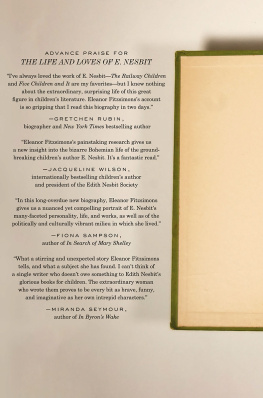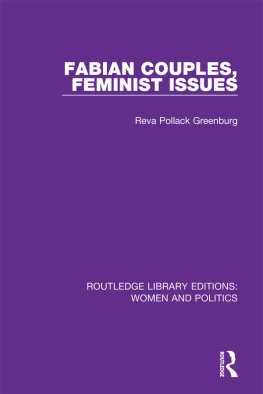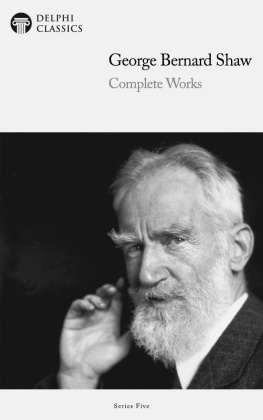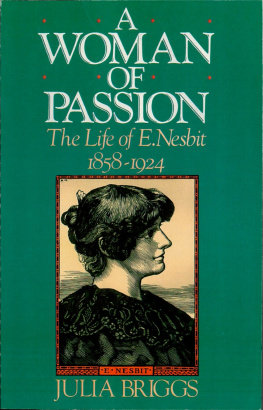Contents
Landmarks
Page List


Copyright 2019 Eleanor Fitzsimons
Jacket 2019 Abrams
Published in 2019 by Abrams Press, an imprint of ABRAMS. All rights reserved.
No portion of this book may be reproduced, stored in a retrieval system, or transmitted in any form or by any means, mechanical, electronic, photocopying, recording, or otherwise, without written permission from the publisher.
Library of Congress Control Number: 2018958823
ISBN: 978-1-4197-3897-5
eISBN: 978-1-68335-687-5
Abrams books are available at special discounts when purchased in quantity for premiums and promotions as well as fundraising or educational use.
Special editions can also be created to specification. For details, contact specialsales@abramsbooks.com or the address below.
Abrams Press is a registered trademark of Harry N. Abrams, Inc.

ABRAMS The Art of Books
195 Broadway, New York, NY 10007
abramsbooks.com
FOR DEREK, ALEX, AND EWAN
CONTENTS
CHAPTER 1
THE MUMMIES OF BORDEAUX
CHAPTER 2
FAREWELL THE TRANQUIL MIND! FAREWELL CONTENT!
CHAPTER 3
DIM LIGHT OF FUNERAL LAMPS
CHAPTER 4
A PARTICULARLY AND PECULIARLY MASCULINE PERSON
CHAPTER 5
MORE LIKE A LOVER THAN A HUSBAND
CHAPTER 6
A COMMITTED IF ECCENTRIC SOCIALIST
CHAPTER 7
THE SUMMER OF SHAW
CHAPTER 8
THE MOUSE MOVES IN
CHAPTER 9
HOW WAS HER FANCY CAUGHT?
CHAPTER 10
A CHARMING LITTLE SOCIALIST AND LITERARY HOUSEHOLD
CHAPTER 11
DRAMATIC ENTERTAINMENT ATNEW-CROSS
CHAPTER 12
THE MEDWAY, WITH THE PSAMMEAD
CHAPTER 13
ISNT IT A DEAR LITTLE PLACE?
CHAPTER 14
MY SON; MY LITTLE SON, THE HOUSE IS VERY QUIET
CHAPTER 15
ALWAYS SURROUNDED BY ADORING YOUNG MEN
CHAPTER 16
ERNEST, IVE COME TO STAY
CHAPTER 17
I WANT THE PLAIN NAKED UNASHAMED TRUTH
CHAPTER 18
VOTES FOR WOMEN? VOTES FOR CHILDREN! VOTES FOR DOGS!
CHAPTER 19
A CURTAIN, THIN AS GOSSAMER
CHAPTER 20
I AM NOT HURT
CHAPTER 21
A HANDYMAN OF THE SEA
CHAPTER 22
TIME WITH HIS MAKE-UP BOX OF LINES AND WRINKLES
INTRODUCTION
When I was a little girl who borrowed weekly adventures from my local library, my favorite stories were by E. Nesbit. Best of all were her tales of magic, and of these the book I loved most was The Story of the Amulet. I accompanied her fictional children to ancient Egypt, Babylon, and the lost city of Atlantis. I met Emperor Julius Caesar as he stood on the shores of Gaul looking across toward England. I was filled with hope on reading her account of a utopian London where everyone is happy and wise. In Praise and Punishment, chapter nine of Wings and the Child, her manual for a successful childhood, Nesbit herself explained:
There is only one way of understanding children; they cannot be understood by imagination, by observation, nor even by love. They can only be understood by memory. Only by remembering how you felt and thought when you yourself were a child can you arrive at any understanding of the thoughts and feelings of children.
Confirming that the children in The Story of the Amulet were second cousins once removed of her beloved Bastables from earlier books, she confided:
The reason why those children are like real children is that I was a child once myself, and by some fortunate magic I remembered exactly how I used to feel and think about things.
The key to her brilliance was that she was one of us, and her magical adventures felt as if they could easily happen to you or to me. Her entry in the Oxford Dictionary of National Biography explains this:
Her characters were neither heroes nor moral dummies, but real young human beings behaving naturally. This gift of character drawing, aided by the ease and humour of her style, place her in the highest rank among writers of books for children.
A profile published in September 1905 in The Strand Magazine, where Nesbits most popular stories were serialized, praised her astonishing versatility and her almost uncanny insight into the psychology of childhood.
In Treasure Seekers and Borrowers, Marcus Crouch suggested of E. Nesbit: No writer for children today is free of debt to this remarkable woman. He believed that she managed to create the prototypes of many of the basic patterns in modern childrens fiction. Nesbit came of age in the Victorian era, but she did not leave us more of the stiff, moralizing tales that characterized the nineteenth century. Instead, as Crouch explained, she threw away their strong, sober, essentially literary style and replaced it with the miraculously colloquial, flexible and revealing prose which was her unique contribution to the childrens novel. She wove her whimsy and magic into the everyday lives of children, and they would not easily let this go.
It helped that Nesbits own life was just as extraordinary as anything found in the pages of her books. A nervous child with a vivid imagination capable of conjuring up phantoms at every turn, she experienced tragic loss and displacement as a child. In adulthood, she became, as Humphrey Carpenter puts it, an energetic hack, keen to try anything to support her wayward husband and her odd household. Her abiding passion was for poetry with a socialist theme, but she rarely had the time to indulge it, something for which generations of children have reason to be grateful.
E. Nesbit lived through a time of extraordinary political upheaval, and she was instrumental in introducing socialist thinking into British intellectual life. A founding member of the Fabian Society, she counted George Bernard Shaw and H. G. Wells among her closest friends. She was tireless in campaigning for the alleviation of poverty in London, and she expended considerable time and energy in helping poor children living on her doorstep in Deptford. Yet she enjoyed the finer things in life and made no apology for doing so. She had a keen eye for nature and detested the creeping urbanization she saw all around her. Some of her finest writing celebrates the beauty of the British countryside.
A strikingly attractive woman with a keen sense of fun, E. Nesbit attracted a circle of young admirers who left fascinating glimpses of her in their letters and memoirs. Some of her closest friendships were with her young fans. She included them in her stories, and the letters she sent them are exceptionally revealing. She put the best of herself into her books for children. E. Nesbit is one of the worlds most important writers. She has entertained and inspired generations of us. Yet just two full biographies have been devoted to her, and both have been out of print for years. I believe she deserves a third, and here it is.
CHAPTER 1
THE MUMMIES OF BORDEAUX
One day in September 1867, little Daisy Nesbit, who had just turned nine and was wearing her best blue silk frock, waited impatiently at the entrance to the bell tower of the church of Saint Michel in the French city of Bordeaux. She was clutching the hand of her older sisterwhether this was Minnie, aged fifteen, or Saretta, her half-sister, who was twenty-three, she does not make clear in the account she leftand positively skipping with delicious anticipation as an aged French guide fumbled with the keys to the fifteenth-century crypt that lay below the bell tower. At last, he unlocked the ancient door and led the young tourists through an archway and down a poorly lit, flagstone passage.














